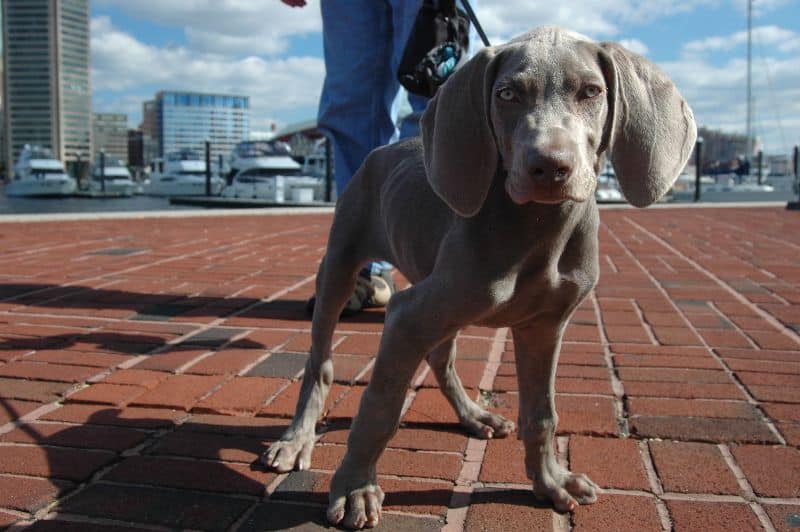We may love our pets, but we don’t always love cleaning up after them. Sadly, there is no poop-fairy; so cleaning up pet messes is a crucial part of responsible dog ownership. Scooping the poop not only makes us a good neighbor, it protects the environment and minimizes the spread of disease. Follow along as […]
Read More
